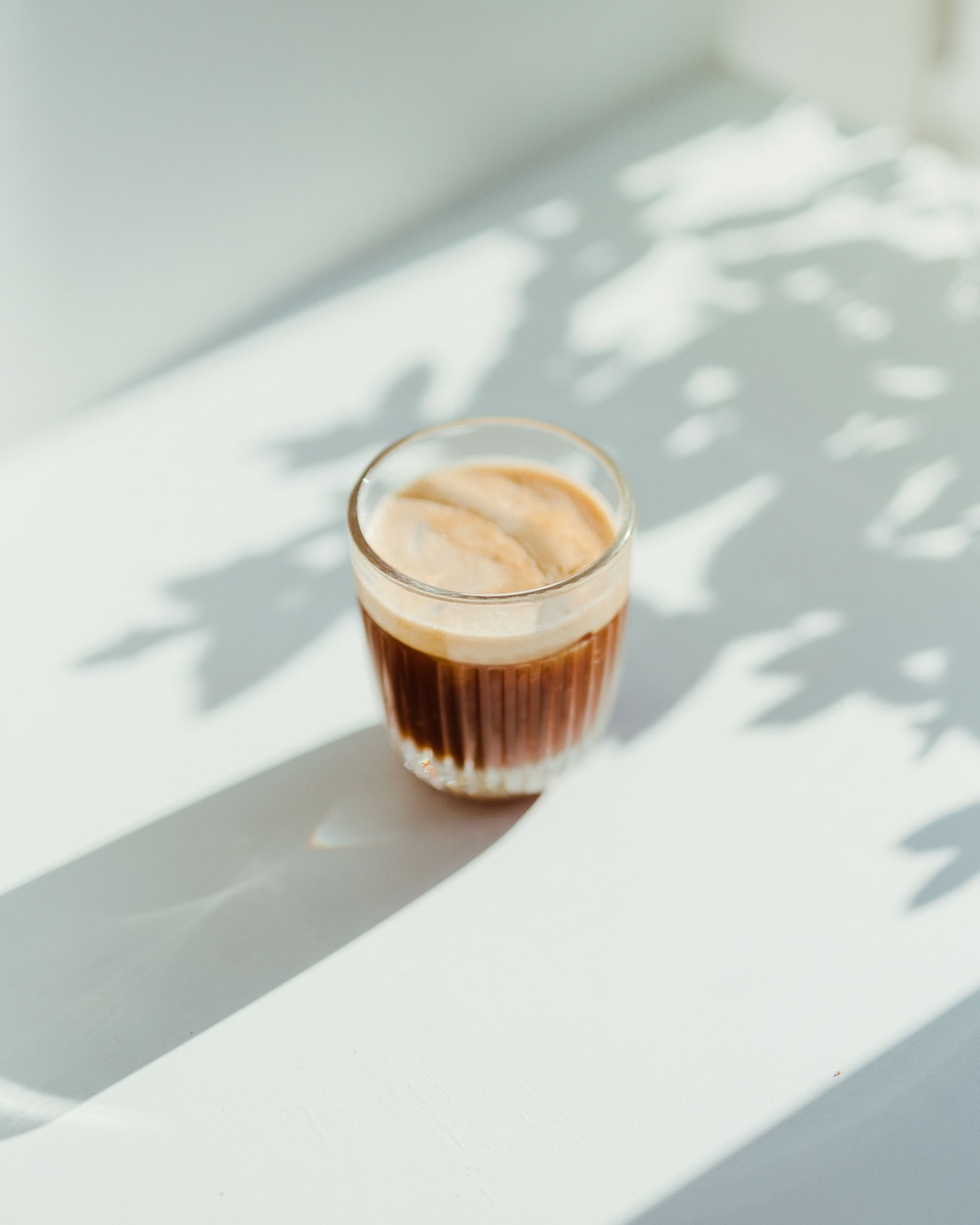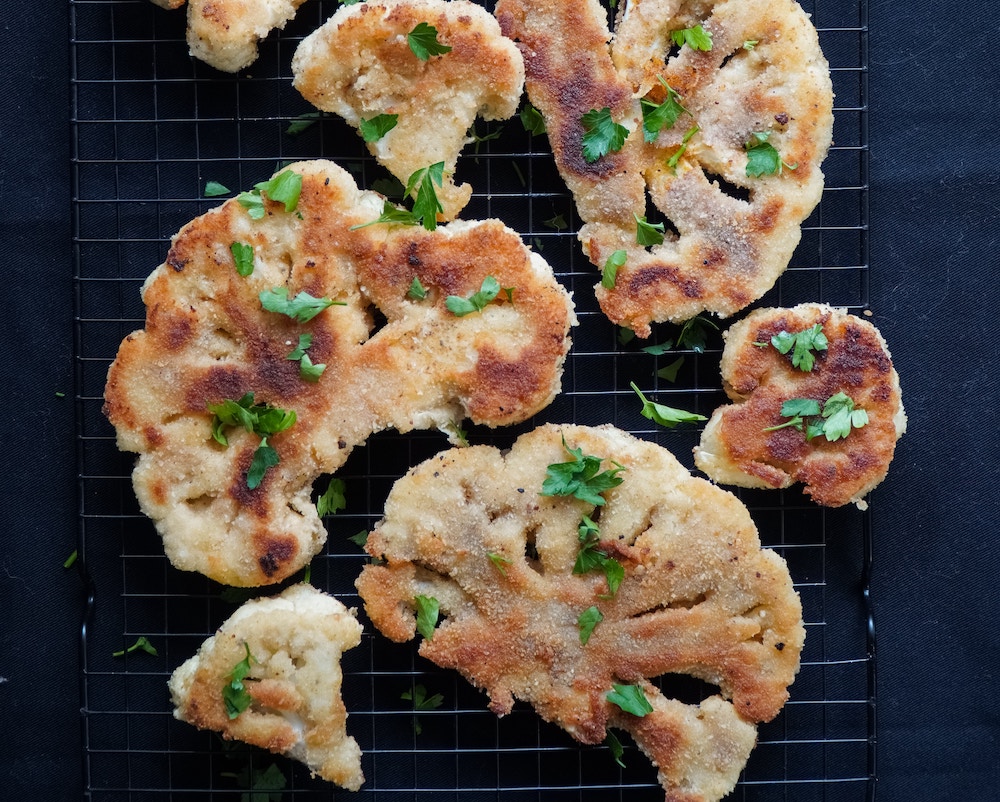Anyone who lives with Irritable Bowel Syndrome (IBS) knows how distressing it can be. Especially when you have tried many things to help, and nothing seems to work.
I’ve experienced IBS symptoms for years, namely bloating, pain and nausea. After turning vegan a few years ago, I noticed that my IBS symptoms got considerably worse, especially over time. Having had allergy tests when I was younger, I knew I was allergic to dairy and wheat. But it seemed I was intolerant to many more foods. I’m committed to following a vegan diet and I didn’t want my IBS symptoms to prevent me from doing this.
I buried myself in nutrition research around the causes of IBS and I came across FODMAP foods. Monash University is the leading source on this and has produced plenty of research linking high FODMAP foods to IBS. FODMAP stands for Fermentable Oligosaccharides, Disaccharides, Monosaccharides, and Polyols. They are short chain carbohydrates and sugars that are poorly digested by the gut and thus result in many IBS symptoms. FODMAPS are naturally found in some foods and are also found in many food additives.
Why is it so hard to eat low FODMAP food as a vegan?
The unfortunate thing for vegans is that many healthy fruits and vegetables are high in FODMAPS, which can lead to a lot of discomfort. However, with a bit of commitment and patience it is possible to eat less high FODMAP food. I try and eat a mainly whole-food vegan diet which used to include a lot of pulses, beans, and lentils. These are all high FODMAP foods that were potentially leading to my IBS symptoms. You can find a full list of all the high & low FODMAP foods here.
For me, the saddest part was realizing that onions and garlic are high FODMAP foods. I honestly didn’t believe I could live without garlic! I’m one of those people that when the recipe said add two cloves of garlic, I’d add seven! Not to mention the health benefits for your immune system. I have now been garlic-free for a couple of months and although I do miss cooking with it I have learned to live without it. And luckily ginger and chillies are fine to eat on a Low FODMAP diet. So we now get through a lot of ginger in our household!
I was also really disheartened to learn that mushrooms are high FODMAP foods, another one of my favorite foods and medicines. Fortunately, I found when re-introducing mushrooms to my diet that I didn’t have such a strong reaction to them. Now I eat a variety of different mushrooms in moderation.
How to eat a low FODMAP diet as a vegan
The way to find out if it is indeed High FODMAP foods that are causing your IBS is to follow a strict low FODMAP diet for a couple of weeks, and notice if your symptoms improve.
If you experience IBS symptoms and think that it might be due to foods that are high in FODMAPs, you can follow these steps.
- Firstly, familiarize yourself with high and low FODMAP food. Print out a list you can easily refer to, or download the Monash app.
- Next time you do a food shop make sure you don’t buy any high FODMAP foods. And for the next two weeks, (the recommended time if you are vegan) eat a diet that is low FODMAP. This might be a bit restrictive, but it’s an important step to help your gut flora return to normal and to prevent further gut inflammation.
- If you have noticed a significant improvement of your symptoms, then the next step is to re-introduce one high FODMAP food at a time and record your reaction to it. Again, this takes time, but if you really want to improve your gut health, it’s worth it.
- Make sure that you leave a couple of days between each new food you introduce so your digestive system can re-set. Then try another high FODMAP food and record your reaction to it.
- You don’t need to reintroduce every high FODMAP food, start with your favorites and then slowly build up from there. You will probably need a month or two to really discover the food you react to and the ones that you don’t.
- It’s then up to you to decide if you want to risk eating some of the foods that you react to. For example, I’ve completely stopped eating onions, garlic and beans as I reacted badly to those. But I occasionally eat cauliflower and lentils, because my reaction to these was milder and I love them! You may decide to just eat a smaller amount of your trigger foods, such as ¼ of an avocado rather than half.
The results are worth the effort
I still cook and eat similar dishes to the ones I ate before, but I now substitute the ingredients I use so my dishes are lower in FODMAPs. It can be harder to make some Asian food and dishes that require a lot of garlic. This led me be more creative with other spices such as coriander, black pepper, turmeric, and lots of fresh herbs. You need time and patience to determine your food triggers, but I promise you the benefits are worth it.
I’ve started trying to only consume one or two high FODMAP foods in a day, or none if I can. I have really seen improvements in my IBS symptoms by doing this and I notice how angry my digestive system is if I cheat and eat high FODMAP food at every meal.
If you’ve been suffering silently with IBS symptoms for a while, you can take control of your gut health and discover your foods triggers. More studies now show the link between a healthy gut and our mental health, so there’s no better time to improve your digestion and live IBS free.
Get more like this—Sign up for our daily inspirational newsletter for exclusive content!
__
Photo: Jasmin Chew via Unsplash





